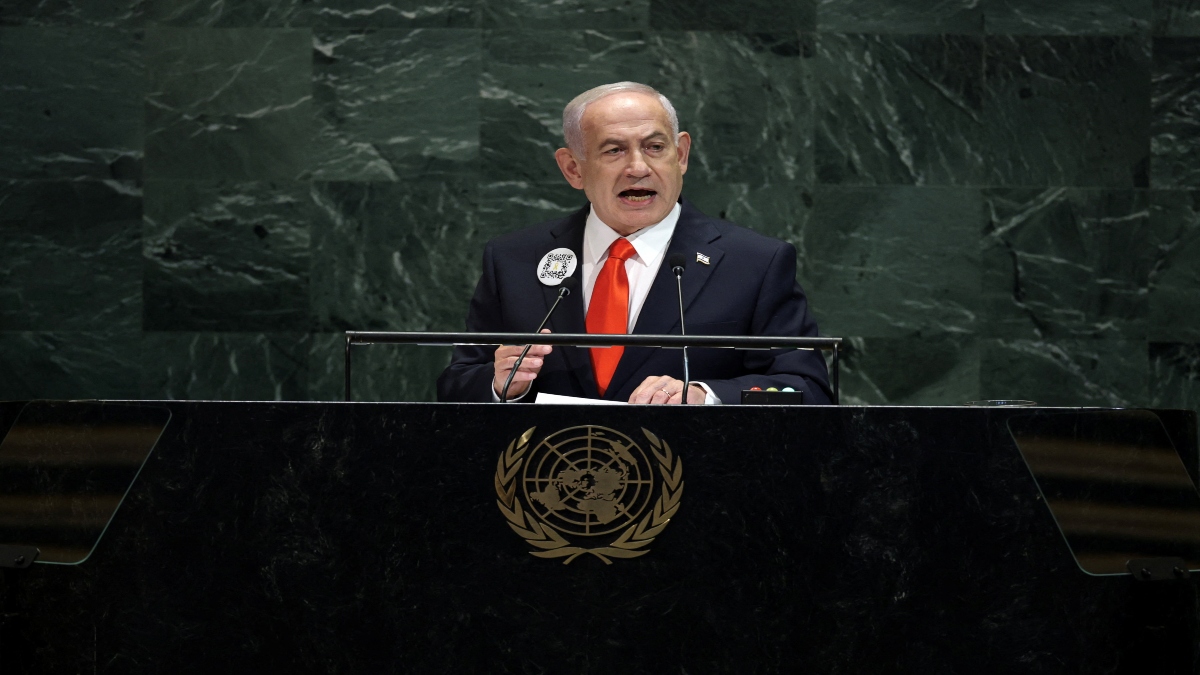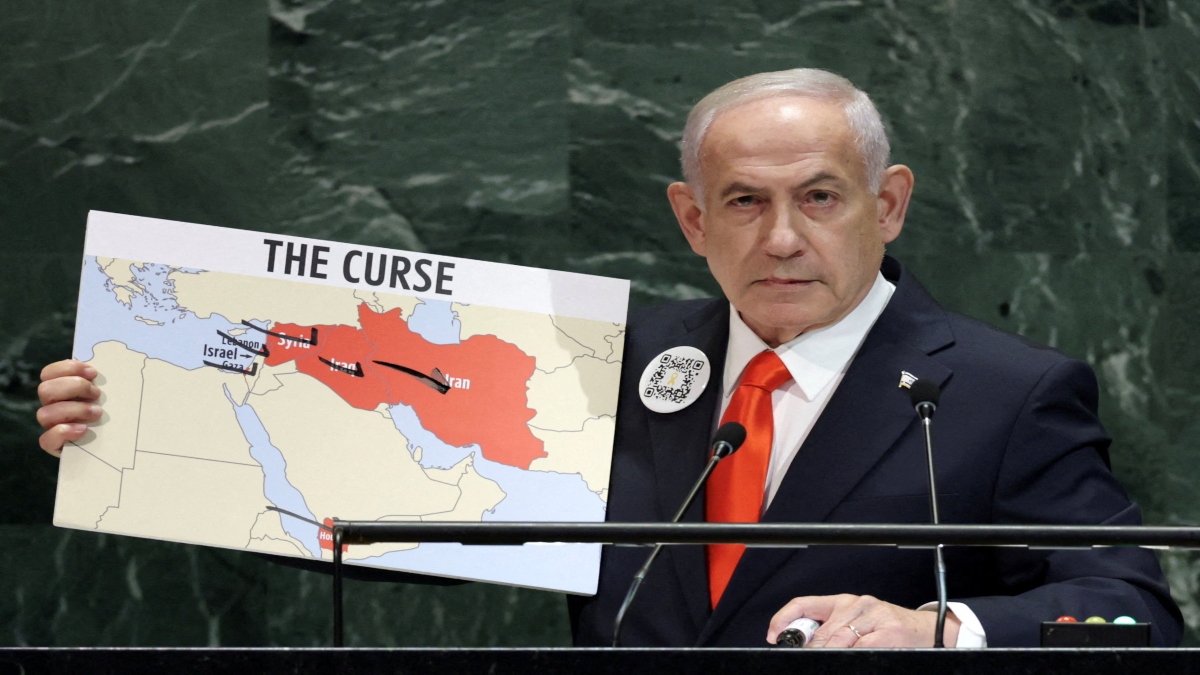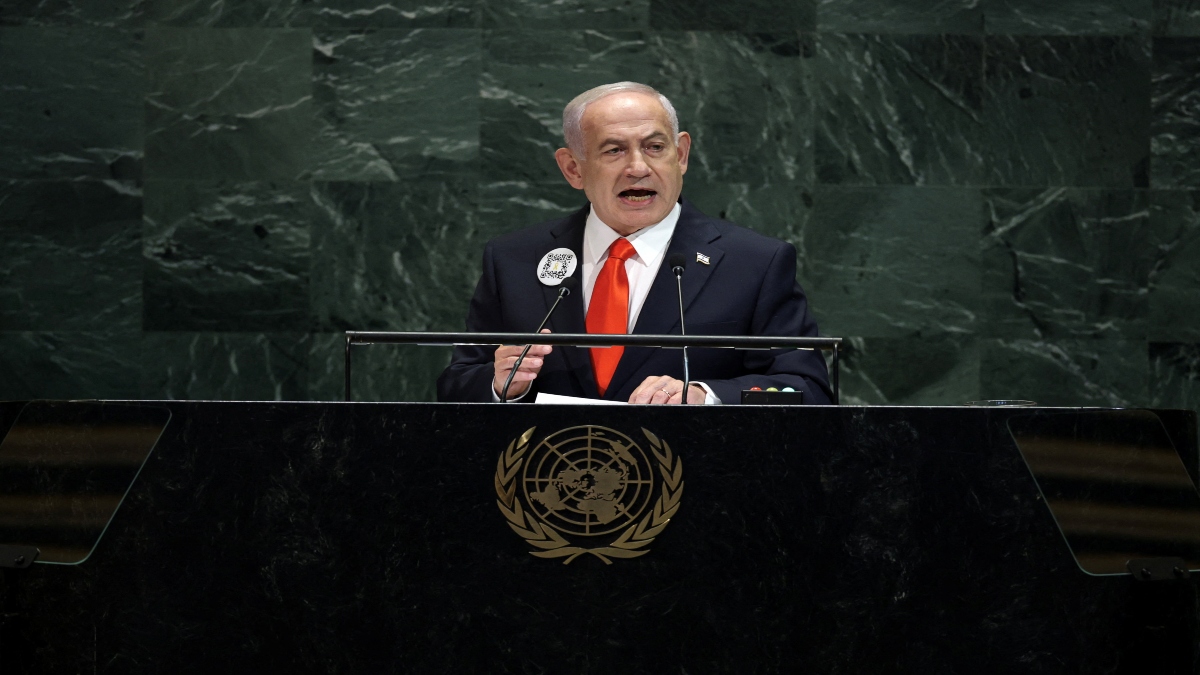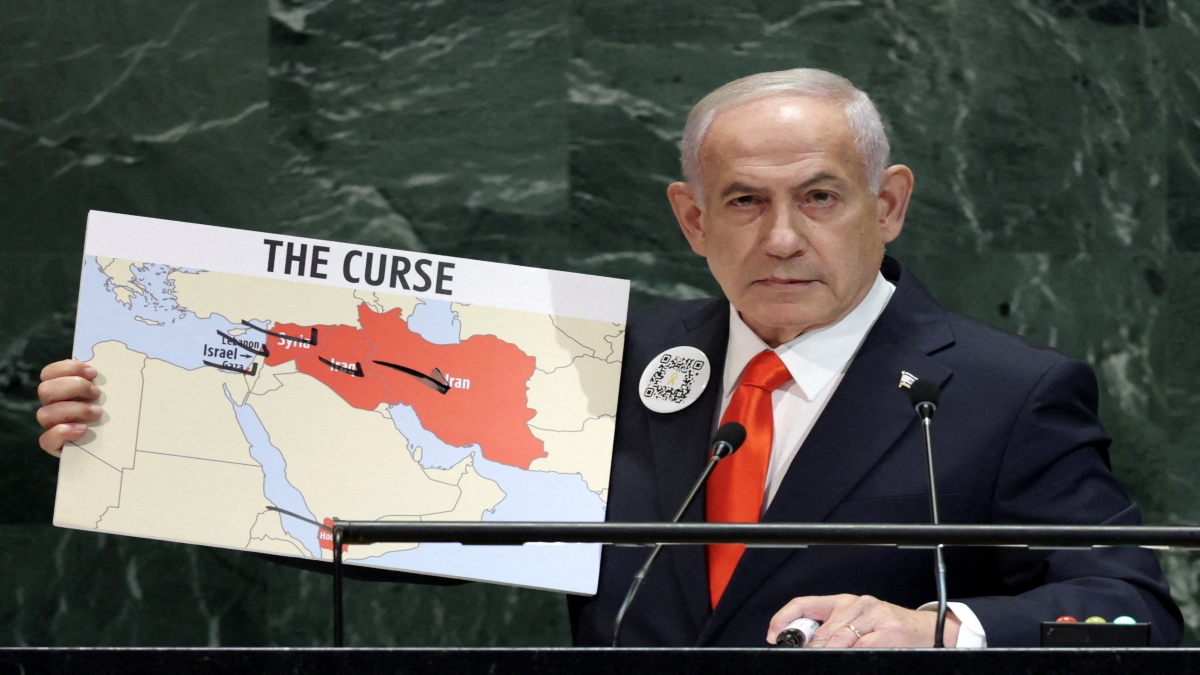US President Donald Trump’s announcement about a $100,000 (Rs 88.7 lakh) fee on H-1B visas left many shaken. Big tech companies such as Meta, Google and Amazon notified employees to return to the United States.
Employees too sought to rush back, in many cases, leaving friends and family and important engagements they had travelled for behind.
However, by Sunday things had changed. Now, some workers are sitting pretty as a result of the changes announced by the White House.
Let’s take a closer look:
What we know
By Sunday, the White House clarified its position.The Trump administration announced that the USD 100,000 ( Rs 88.7 lakh) fee would only be levied on new H-1B visa applications. Also, this would not be a yearly fee or be charged every time an H-1B worker wanted to enter the United States – as some had initially feared.
Instead, this would be a one-time payment, which led many companies to breathe a sigh of relief.
As the White House has announced, those already holding H-1B visas are exempt from the fee. As a result of this new policy, fewer companies will likely apply for H-1B visas. And with demand for such employees set to surge, those already on H-1B visas are in an enviable position.
As per data from the US Citizenship and Immigration Services (USCIS), Indians comprised 72 per cent of the almost four lakh H-1B visas issued between October 2022 and September 2023.
Experts say that tech firms are likely to pursue experienced Indian H-1B visa holders earning between $93,000 (Rs 82.49 lakh) and $105,000 (Rs 93 lakh) rather than bring in someone new.
“Indian H-1B holders who are already earning between $93,000 (Rs 82.49 lakh) and $105,000 (Rs 93 lakh) suddenly become highly attractive to employers, who can pay a premium and avoid the new $100,000 (Rs 88.7 lakh) fee,” an ex-senior executive at a leading Indian IT firm told Times Now.
This could result in these experienced workers, who are now sitting in a ‘sweet spot’, getting fatter pay packages and even being promoted.
“Yes, this new rule does make existing H-1B visa holders in the US more attractive to employers. Because the $100,000 ( Rs 88.7 lakh) fee applies to most new H-1B petitions for individuals outside the country, companies now face a strong financial disincentive to bring in new hires from abroad,” Dmitry Litvinov, Dreem, told Financial Express.
Employers could also turn to those H-1B workers who have recently been laid off. This is no small number. According to Litvinov, industry sources estimate that around 1,45,000 H-1B visa holders lost their jobs in 2025.
This is because under the US Citizenship and Immigration Services (USCIS) rules, workers are given 60 days – or the end of their visa, whichever period is shorter – to find new employment.
H-1B visa holders, if they find a new job, can immediately start working for a new employer, as per rules from USCIS.
“The standard 60-day grace period still applies to laid-off H-1B workers under existing USCIS regulations. This means individuals have 60 consecutive days from their last day of employment or until the end of their authorised stay, whichever is shorter, to secure a new employer, change status, or depart the United States,” Litvinov confirmed.
“H-1B holders already in the US who have been laid off could represent a ‘ready-to-deploy’ talent pool. If the fee does not apply, new employers can onboard them through a change-of-employer petition, which early guidance indicates is not subject to the new fee, though the government has not yet issued a final confirmation,” Litvinov added.
Experts say it would take the US years to train the number of workers it needs to replace H-1B holders.
“Training US-based replacements for these roles takes years, even with the growing number of STEM graduates,” Kamal Karanth, co-founder of staffing specialist Xpheno, told Times Now.
Experts say that H-1B workers and companies will both need to keep a close eye on developments in the United States. The White House may change its policies about travel, visa renewals or companies may find themselves having to pony up the $100,000 ( Rs 88.7 lakh) in certain circumstances.
In the larger picture, Indian and foreign companies may both have to rethink their IT model and reliance on H-1B visas. The Trump administration’s moves could completely change how US tech behaves when it comes to hiring, firing and how it looks at employing workers on visas.
What the White House, tech leaders are saying
The White House in a statement has claimed it is putting America first.
“Voters gave President Trump a resounding mandate to put American workers first, and he has worked every day to deliver on that commitment. President Trump has aggressively and successfully negotiated new trade deals to bring manufacturing jobs back home and attract new investments to the US," the White House said.
“Since President Trump returned to office, all employment gains have gone to American-born workers, unlike last year during the same period under President (Joe) Biden, when all employment gains went to foreign-born workers,” it added.
A number of big tech firm leaders have also backed the White House’s move.
“The policy would create ‘more certainty’ for high value jobs,” Netflix co-founder Reed Hastings said.
Nvidia CEO Jensen Huang added, “I’m glad to see President Trump making the moves he’s making.”
OpenAI CEO Sam Altman said “streamlining” the process of getting the smartest people into the US and “aligning financial incentives seems good to me.”
With inputs from agencies


)

)
)
)
)
)
)
)
)



